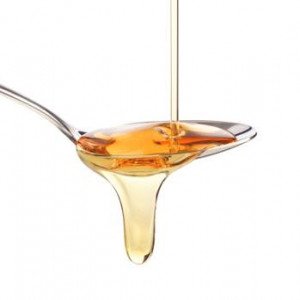 Welcome
Welcome
“May all be happy, may all be healed, may all be at peace and may no one ever suffer."
- A
- B
- C
- D
- E
- F
- G
- H
- I
- J
- K
- L
- M
- N
- O
- P
- Q
- R
- S
- T
- U
- V
- W
- X
- Y
- Z
Gentian Violet - Brands
In aqueous solutions Gentian violet (GV) dissociates into positive (GV+)and negative ions (Cl-) that penetrate through the wall and membrane of both gram-positive and gram-negative bacterial cells. The GV+ interacts with negatively charged components of bacterial cells including the lipopolysaccharide (on the cell wall), the peptidoglycan and DNA. A similar cell penetration and DNA binding process is thought to take place for fungal cells as well. Because Gentian violet is a mutagen and mitotic poison, cell growth is consequently inhibited. A photodynamic action of gentian violet, apparently mediated by a free-radical mechanism, has recently been described in bacteria and in the protozoan T. cruzi. Evidence also suggests that gentian violet dissipates the bacterial (and mitochondrial) membrane potential by inducing permeability. This is followed by respiratory inhibition. This anti-mitochondrial activity might explain gentian violet's efficacy towards both bacteria and yeast with relatively mild effects on mammalian cells.
To be happy, beautiful, healthy, wealthy, hale and long-lived stay with DM3S.
